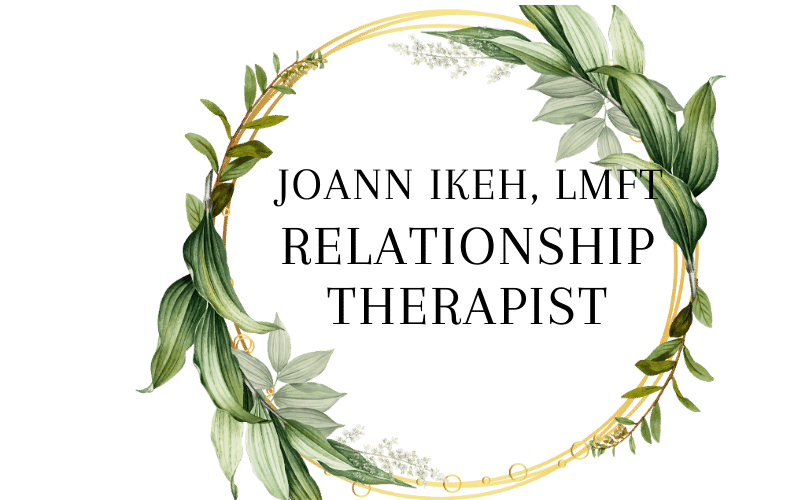Red Flags vs. Growth Edges: Knowing When to Stay or Leave
All relationships face challenges. But not all challenges are equal. Some are red flags, warning signs of harmful dynamics, while others are growth edges, opportunities to strengthen connection.
Relational Life Therapy (RLT) helps individuals and couples discern which challenges are worth working through and which signal a relationship may be unsafe or unfulfilling.
1. Understanding Red Flags
Red flags are patterns of behavior that threaten emotional, physical, or relational safety. They are non-negotiable warnings that the relationship may not be healthy. Examples include:
Emotional, physical, or verbal abuse
Chronic dishonesty or betrayal
Persistent lack of empathy or respect
Red flags are boundaries, not preferences—they indicate when it’s time to seriously consider leaving or seeking help.
2. Recognizing Growth Edges
Growth edges are areas where discomfort signals opportunity, not danger. These often involve:
Differences in communication style
Emotional triggers that reveal unresolved personal issues
Moments of conflict that challenge habits and patterns
RLT emphasizes that growth edges are relational invitations: “Here’s a chance to practice repair, empathy, and authentic connection.”
3. How to Differentiate
It can be tricky to tell a red flag from a growth edge. Ask yourself:
Does this behavior harm my emotional or physical safety? → Red flag
Is this discomfort prompting self-reflection and skill-building? → Growth edge
Is there a willingness from both partners to repair and change? → Growth edge
Is the behavior repetitive and unaddressed despite communication? → Red flag
Trust your nervous system: if a situation consistently triggers fear, anxiety, or dread, it’s likely a red flag.
4. The Role of Repair
RLT teaches that growth edges can be navigated safely when repair is possible. Repair involves:
Acknowledging the impact of your actions
Taking responsibility
Reconnecting after conflict
When repair is consistently possible, challenges become opportunities for deeper intimacy rather than threats to the relationship.
5. Making Conscious Decisions
Distinguishing red flags from growth edges allows you to make conscious choices:
Stay when the relationship invites growth, both partners are willing to repair, and emotional safety is present.
Leave when harmful patterns persist, boundaries are ignored, or safety is compromised.
RLT supports couples and individuals in making these decisions from clarity and self-respect, not fear or shame.
Final Thoughts
Not every challenge signals the end of a relationship. But understanding the difference between red flags and growth edges is critical for maintaining healthy connection. With awareness and repair, growth edges can transform into profound intimacy, while red flags are guides to protect yourself.
If you’re unsure whether the challenges in your relationship are red flags or growth edges, Relational Life Therapy can help. Learn to recognize patterns, practice repair, and make conscious, empowered decisions about your connection.
Schedule a free consultation with Joann Ikeh, LMFT, to gain clarity and strengthen your relational choices.
📍 Serving couples and individuals online in Florida, Virginia, and California.
📞 Book a free 15-minute consultation today
🌐 Visit onlinecouplecounseling.com
📩 Or email me at joannikeh@joannikeh.com



